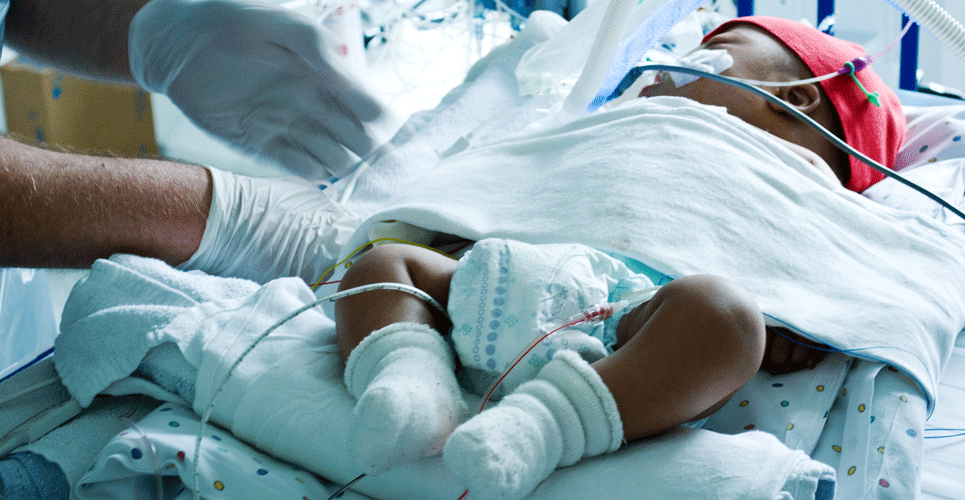A study was unable to identify a clear temperature threshold that could be used to identify infections among hypothermic young infants.
It appears that there is no suitable temperature threshold to reliably allow emergency care clinicians to identify hypothermic young infants who are at risk of a serious bacterial infection according to a retrospective study by US researchers.
Fever in young children is a common emergency department (ED) presentation and there are recognised sequential approaches to young febrile infants on the basis of clinical and laboratory parameters, to identify those at risk of an invasive bacterial infection.
Nevertheless, hypothermia has also become a recognised and important factor for the development of a serious bacterial infection (SBI) in very young children.
In fact, one study of children less than 60 days old, detected the presence of a SBI in 9% of evaluated infants, prompting the authors to concluded that hypothermia can be a presenting sign of SBI.
Another study found that neonates presenting with hypothermia had a substantial risk for SBI or other significant pathology.
Despite this growing recognition of the importance of hypothermia as a risk factor for a SBI, what remains uncertain is the temperature threshold that should be used to identify young children who are at risk of developing such infections.
In the present study, researchers undertook a retrospective cross-sectional study of infants less than 90 days old who presented at an ED and with a rectal temperature < 36.4oC.
The team set the primary outcome as SBI defined as either a urinary tract infection, bacteraemia and/or bacterial meningitis and invasive bacterial infections (IBI) with the latter limited to bacteraemia and/or bacterial meningitis.
The team constructed receiver operating characteristic (ROC) curves for the two outcomes and calculated the area under the ROC curve (AUC) to evaluate an optimally derived cut-off point for the minimum ED temperature and the presence of SBI or IBI. They defined accuracy using the AUC as poor where the AUC was < 70%, 70 – 80% as fair, 80 – 90% as good and > 90% as excellent.
Temperature threshold identification
The study included 3,376 infants with a median age of 22 days (53.1% male) with the overall median minimum temperature being 36.2oC.
Overall, 1.8% of infants had an SBI and 0.5% an IBI and the most common infection identified was Escherichia coli UTI (74.2% of all SBIs). Infants with both an SBI and IBI had lower median temperatures, 35.8°C and 35.4°C respectively, compared with those without corresponding infections and this difference was statistically significant (both p<0.05).
In their analysis, when evaluating the performance of temperature with an outcome of SBI, the AUC was 61% (95% CI 54.1 – 67.9%). Using a cut-off of 36.2°C, the sensitivity was 59.7% and the specificity 59.2%. Similarly, for IBI, the AUC was 65.9% (95% CI 51.1 – 80.6%) and with a cut-off of 36.1°C, the sensitivity was 68.8% and the specificity 60.1%.
The authors concluded that although young infants with SBI and IBI presented with lower temperatures, there was no temperature threshold to reliably identify SBI or IBI.
Citation
Lo YHJ et al. Temperature threshold in the screening of bacterial infections in young infants with hypothermia. Emerg Med J 2022.

